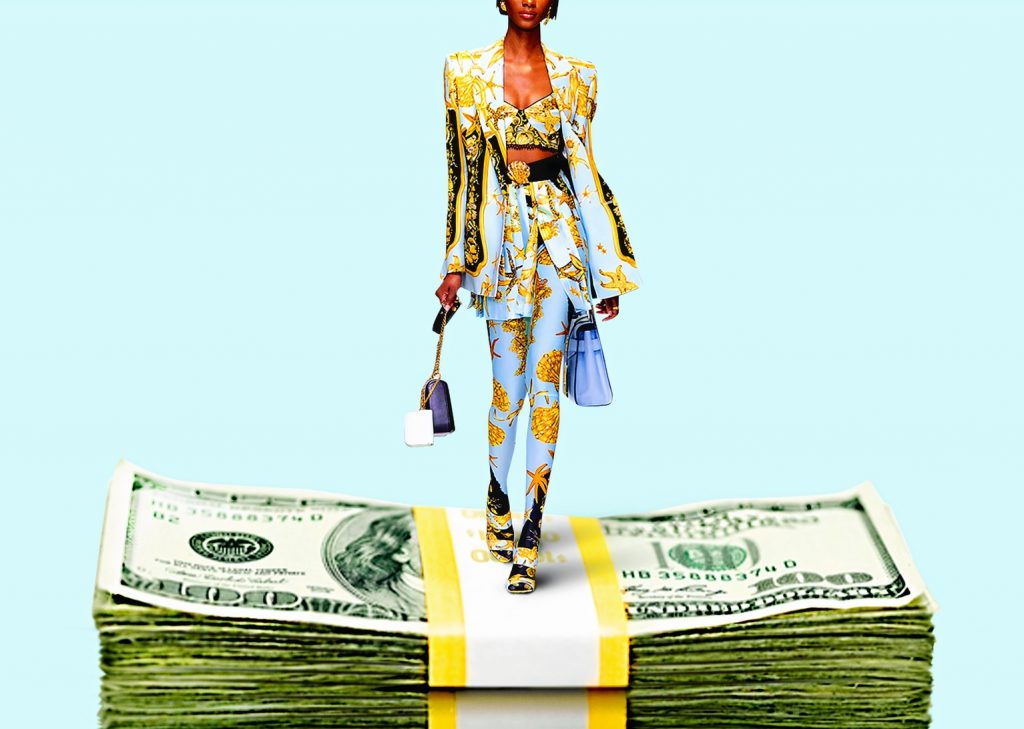Six months after revealing a 23 percent plunge in the sales of luxury goods ranging from sports cars and yachts to pricey wine and designer handbags as a result of the impact of the COVID-19 pandemic, which was the largest percentage-drop that it had ever recorded for the luxury segment, Bain & Co. has released a new report, claiming that the luxury market “has started its path towards recovery.” Pointing to the first quarter of 2021, Bain & Co. states that luxury goods sales “are growing by 0-1 percent versus 2019, which is viewed by the industry as the last comparable year,” and if current market dynamics persist, the industry’s sales could return to 2019 levels by the end of this year. However, the chances of a full recovery in 2021 appear to be slim.
In the newly-released “Luxury Study 2021 Spring Update,” Claudia D’Arpizio, a Bain & Co. partner and lead author of the study, says that it is “clear that consumers still want to buy luxury goods, and this, along with the brands’ ability to adapt and innovate, is driving a return to growth in the market.” The luxury market is expected to reach between €250-295 billion ($305-360 billion) over the course of this year, driven in large part by China’s “continuous repatriation and acceleration of domestic spending on luxury,” as well as by consumers in the U.S., which “has been the unexpected bright spot.” Bain states that “renewed consumer confidence coupled with stimulus and a rapid vaccine rollout has meant that luxury consumption has returned at surprisingly fast pace.”
What is less obvious, according to Bain, is what – exactly – the market rebound will look like. The consultancy suggests two likely scenarios: “Scenario 1 (probability 30 percent): Recovery path to continue throughout 2021, winning back 2019 market level as early as this year. In this outcome, the market could reach €280-295 billion ($342-360 billion) this year; and Scenario 2 (probability 70 percent): Despite the strong momentum of the first quarter, full year growth is stifled by slower domestic luxury purchases and limited intra-regional tourism. In this case, the full recovery to 2019 levels would be expected only in 2022 and the market would reach €250-265 billion ($305-324 billion) this year.”
Regardless of which scenario comes into play, there are a few key trends worth keeping an eye on in the next several months. These include “roaring 20s”-esque growth in the U.S. thanks to “improved macroeconomic conditions, a buoyant stock market, increasing consumer confidence and a fast vaccine rollout,” etc. In the U.S., in particular, Bain says that it has seen the rise of “new city hubs and a growing emphasis on suburban areas, as well as the rise of subcultural relevance and next-generation mindset,” which are worth watching as further development takes place.
Another trend currently underway: the role that “human touch” still plays in the luxury consumption sphere. While COVID-19 accelerated the existing adoption of e-commerce in the luxury space and beyond, prompting “more than 85% of luxury purchases [to be] digitally influenced in 2021,” per Bain, the group asserts that “the human touch in luxury remains needed,” and it is not exactly clear how brands will tackle that in an increasing digital world.
Beyond that, Bain asserts that the rise of the secondhand market – which it estimates was worth €28 billion ($34 billion) as of 2020 – cannot be overlooked, as both consumers and luxury brands embrace the reality of resale. “The market for pre-worn luxury items encompasses not only entry level younger consumers who are mainly buying aspirational categories and products but also top spenders and collectors who are searching for high-end or collectable products,” Bain states, noting that “brands are increasingly tapping into this market and becoming platforms in order to engage with them throughout the lifecycle of an item.”
And finally, “the appetite of China and Chinese nationals for luxury remains insatiable and all customer nationalities are positively growing or on a recovery path,” according to Bain, while “growth of the online channel remains robust” – in China and beyond – “as new clients buy luxury online for the first time, and the range of prices is widening, with more entry-level products but also more high-end items.”











